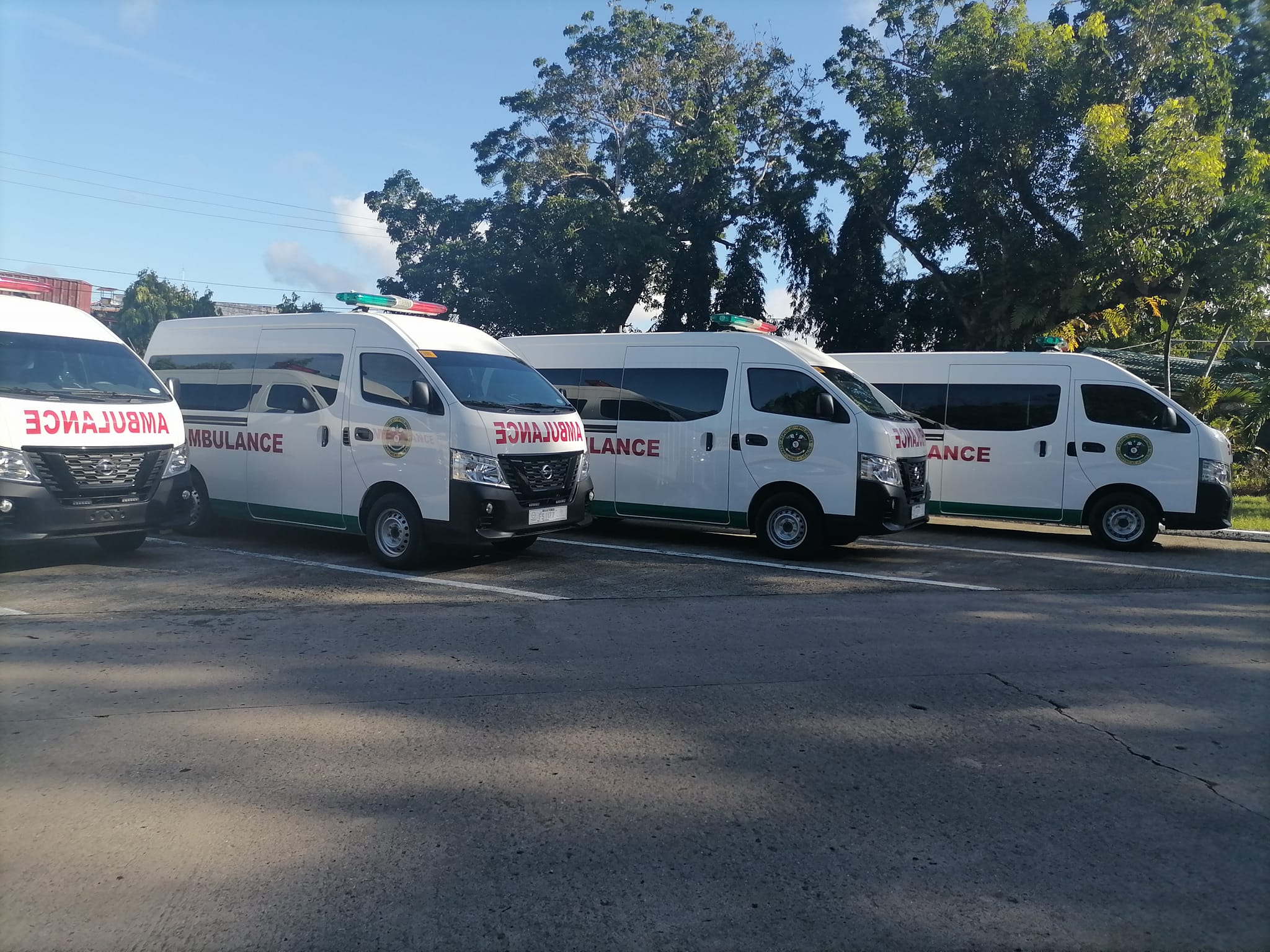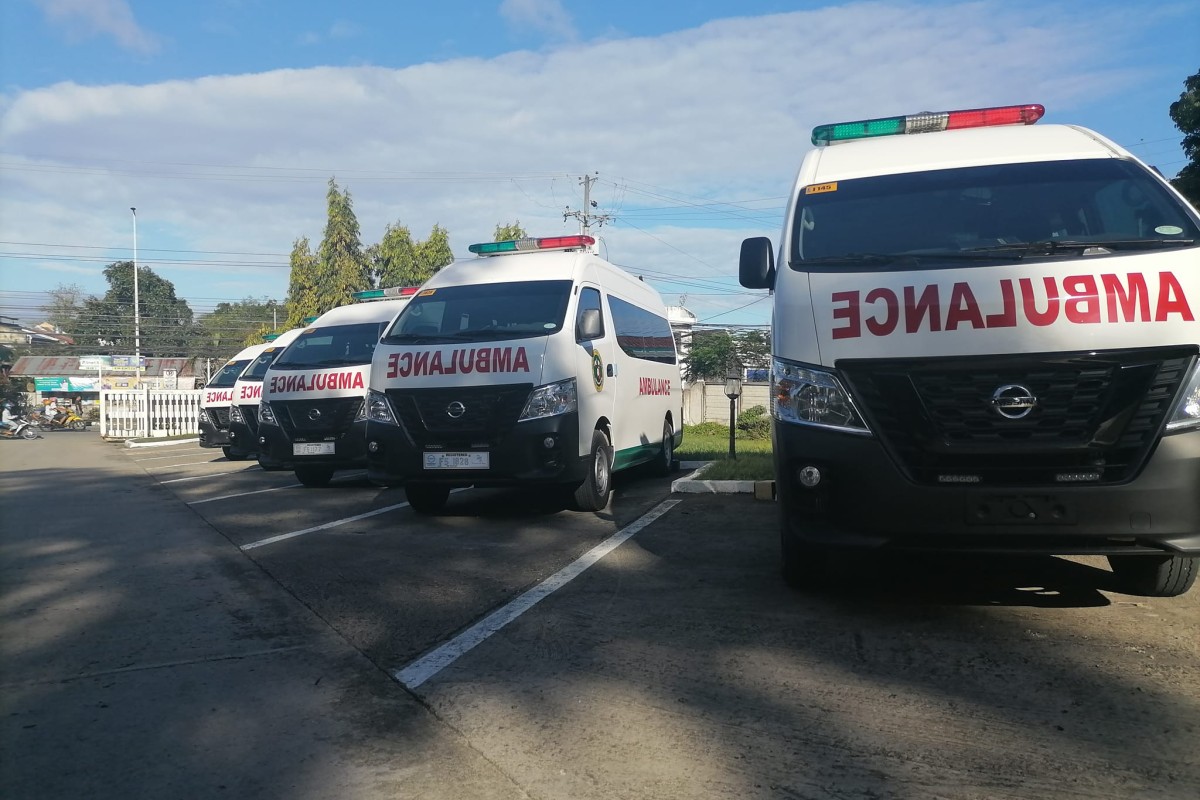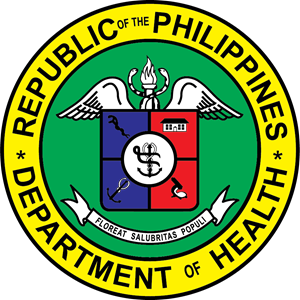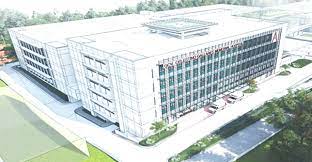TAGBILARAN CITY, Bohol, April 13 (PIA) -- The Department of Health (DOH) turned over on April 13 five brand new and fully equipped ambulance units to the rural health units of Pilar, Loboc, Sagbayan, San Miguel and Ubay, all in Bohol.
The ambulance units form part of the DOH’s Health Facility Enhancement Program, according to DOH Bohol Chief Dr. Portia Reyes.
A product of a process that includes Bohol Provincial Government’s consolidating local investment planning for health from the towns, the grant of the ambulance carries with it the responsibility of the town to put up its manpower counterpart, so these units could be accredited by the DOH as separate unit health provider.
The towns that identified the need for an ambulance for their rural health units need to put it in their local investment planning for health, which are then collected and consolidated at the Provincial Health Office and submitted to the DOH Central Office for funding.
As soon as the national government’s ambulance procurement is consummated, the said towns would be granted their request.
A brand new Nissan NV 350 van converted to an ambulance, these patient mobility assets have airtight transparent shatter proof sliding window dividing patient and drivers compartments, firmly anchored built in cabinet with four shelves, one big enough to carry a defibrillator and nebulizer, folding stretcher, benches for medical personnel with seatbelts.
It also has LED overhead lighting, ceiling grab rails, 220-volts alternating circuit supply with 5 convenience outlets for medical equipment, an intercom system, ambulance stretcher, Automatic External Defibrillator, nebulizer, portable suction machine, examining lights, wall-mounted aneroid sphygmomanometer, scoop stretcher, heavy duty stethoscopes for pedia and adult.
The ambulance also has non-contact thermometer, blood-glucose meter with strips, manual resuscitators for adult, children and infant, oxygen cylinder and therapy set, laryngoscope sets, immobilization devices, delivery sets, fire extinguisher, heavy duty flashlights, intravenous holders, digital clock, air purifiers, and other accessories.
Funded by the national government, these ambulance units for Bohol would be licensed after three months.
The recipient local government unit by then has to have licensed medical or trained personnel, a dedicated driver and additional life-saving equipment, as their counterpart.
Manpower complement for the ambulance should be at least two to three sets of nurses and dedicated driver to take on the three eight-hour shifts in a day, and other life-saving equipment needed for medical and rescue response. (RAHC/PIA7 Bohol)






